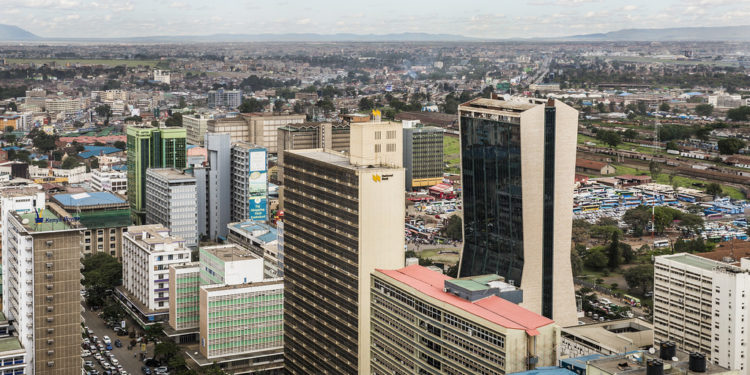Numerous small banks are encountering a challenging situation as interest rates continue going up, impacting the cost of money within the interbank borrowing market, with the interbank rate hitting a high of 17.1%. This has led tier three banks to increasingly seek assistance from the Central Bank of Kenya (CBK) through various instruments like reverse repurchase agreements, term auction deposits, and the CBK discount window. These tools are part of the CBK’s open market operations designed to either infuse liquidity into the money markets or absorb the excess.
Recent data from the CBK reveals a drying up of funding conditions in the money markets due to rising government payments and taxes. Some banks have failed to meet their cash reserve requirement ratio, resulting in a shortage of funds. Commercial banks’ reserves fell short by Kshs 4.7 bn in comparison to the 4.25% Cash Reserve Ratio (CRR) over the past three weeks leading up to August 3. Additionally, interbank lending rates have risen, further adding to the difficulties faced by smaller banks.
Read more: CBK’s 2023 Economic Growth Outlook
The Kenya Bankers Association (KBA) emphasizes that these funding constraints have predominantly affected small banks, as they struggle to secure funding from larger players due to perceived risks. KBA CEO mentioned that while liquidity is generally strong in the banking sector, some sections of banks are facing liquidity issues, indicating a distribution problem rather than an overall liquidity concern. The CBK has stepped in to facilitate horizontal trading of repurchase agreements to address this issue. These agreements involve banks using securities, primarily Treasury bills, as collateral to access funds from other banks or the CBK. The CBK, acting as a lender of last resort, has provided funding to banks locked out of the interbank market.
As interest rates continue to rise, analysts expect smaller lenders to grapple with tighter funding conditions. Despite the challenges, the banking sector remains stable and well-capitalized, according to the CBK’s statement in June. Banking capital and reserves saw a 2.7% increase in 2022, attributed to additional capital injections and retained earnings. The CBK had licensed 39 banks in the previous year, with the majority categorized as small or Tier III institutions.
Email your news TIPS to editor@thesharpdaily.com

















